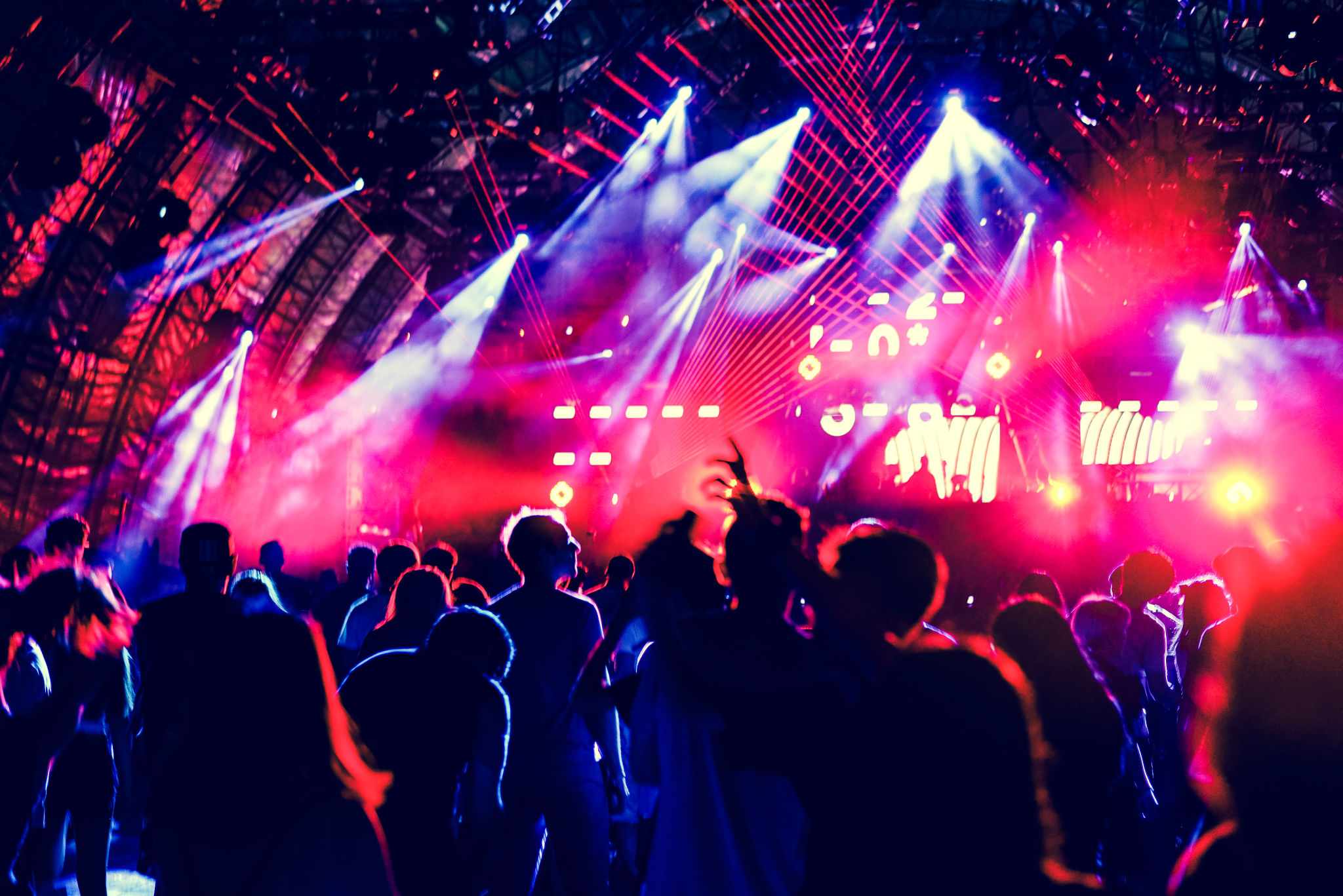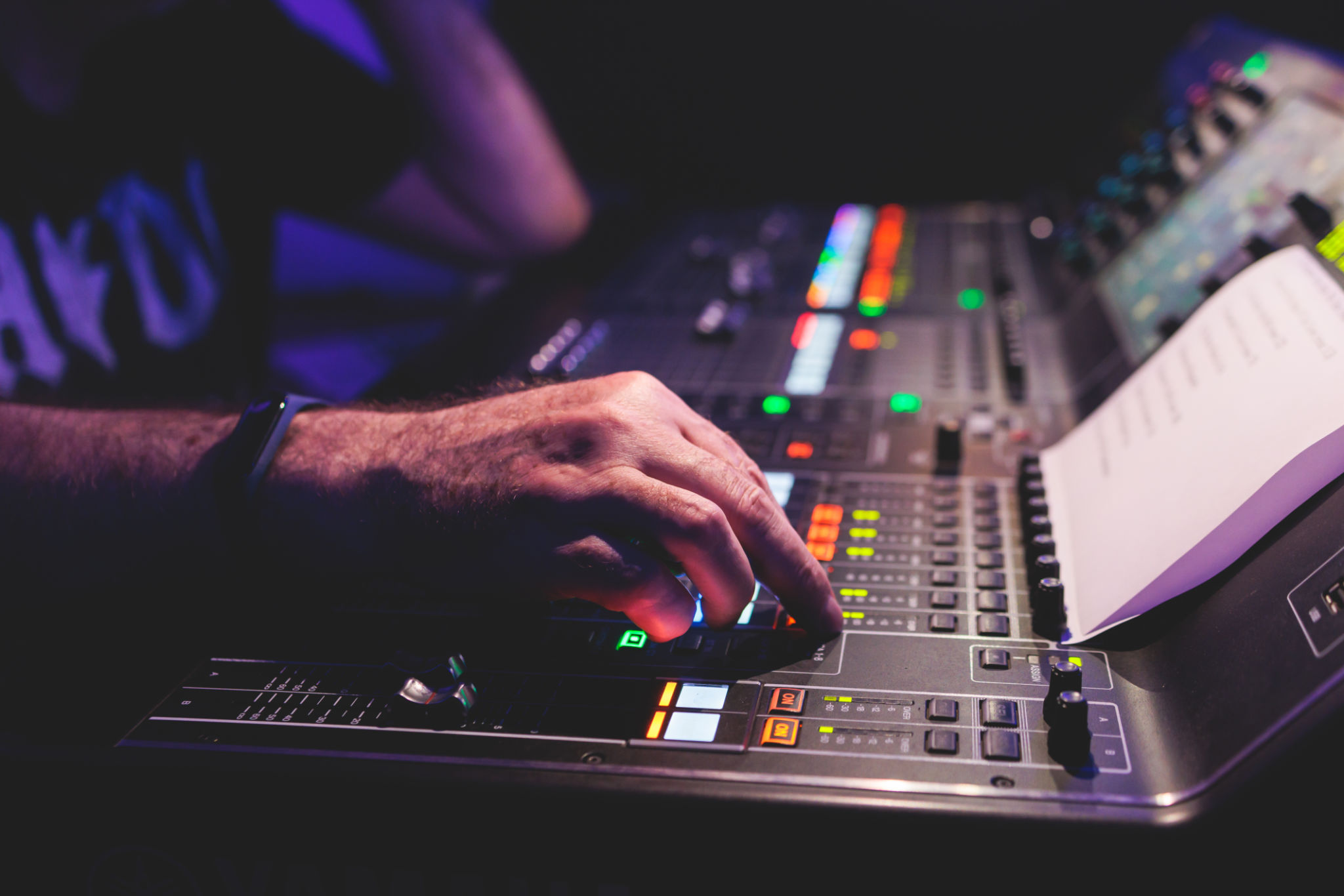The Art of Mixing: How Electronic Musicians Craft Unique Live Performances
Understanding the Basics of Live Electronic Music
Electronic music has evolved into a dynamic and immersive art form, captivating audiences with its unique blend of technology and creativity. Unlike traditional live performances, electronic musicians often rely on an intricate setup of software, hardware, and digital tools to craft their soundscapes. At the heart of this art form is the ability to mix and manipulate sounds in real-time, creating a truly unique live experience for the audience.
The foundation of any live electronic performance is a curated selection of tracks, loops, and samples. Musicians must skillfully blend these elements to maintain a seamless flow and keep the audience engaged. This requires a deep understanding of music theory, rhythm, and the ability to read the crowd's energy. Mastering these skills is essential for any electronic musician aiming to deliver an unforgettable live show.

The Tools of the Trade
To craft compelling live performances, electronic musicians utilize a variety of tools and equipment. Popular digital audio workstations (DAWs) like Ableton Live, FL Studio, and Logic Pro offer powerful features for live mixing and performance. These platforms allow artists to easily manipulate audio tracks, apply effects, and create loops on the fly.
In addition to software, hardware components such as MIDI controllers, synthesizers, and drum machines play a crucial role in live performances. These devices enable musicians to interact physically with their music, adding an element of spontaneity and improvisation. By integrating hardware and software, artists can create complex soundscapes that evolve throughout their set.

Crafting a Unique Sound
One of the most exciting aspects of live electronic music is the ability to create a truly unique sound. Musicians often experiment with different genres, tempos, and textures to develop their signature style. This experimentation is not limited to the studio; it extends into live performances where artists can test new ideas and concepts in real-time.
Many electronic musicians use sampling techniques to incorporate diverse sounds into their sets. By blending elements from various musical styles, they can craft an eclectic sound that resonates with a wide audience. Sampling also allows artists to pay homage to their influences while injecting their personal touch.

Engaging the Audience
A successful live performance goes beyond just playing music; it involves creating an engaging experience for the audience. Electronic musicians often incorporate visual elements such as lighting and projections to enhance their shows. These visuals are carefully synchronized with the music, adding another layer of depth to the performance.
Audience interaction is also key in crafting a memorable live show. Musicians often adapt their setlist based on the crowd's reaction, ensuring that each performance feels fresh and spontaneous. By connecting with the audience on a personal level, artists can create an immersive environment that transcends the typical concert experience.
The Future of Live Electronic Music
As technology continues to advance, the possibilities for live electronic performances are virtually limitless. Virtual reality, artificial intelligence, and other emerging technologies are opening new avenues for creativity and innovation in the music industry. These tools will undoubtedly shape the future of live electronic music, offering even more ways for artists to engage their audiences.
In conclusion, the art of mixing in electronic music is a testament to human creativity and technological prowess. By mastering their craft and embracing new technologies, electronic musicians can continue to push boundaries and deliver unforgettable live experiences. Whether you're an aspiring artist or a devoted fan, there's no denying the magic of a well-crafted electronic music performance.